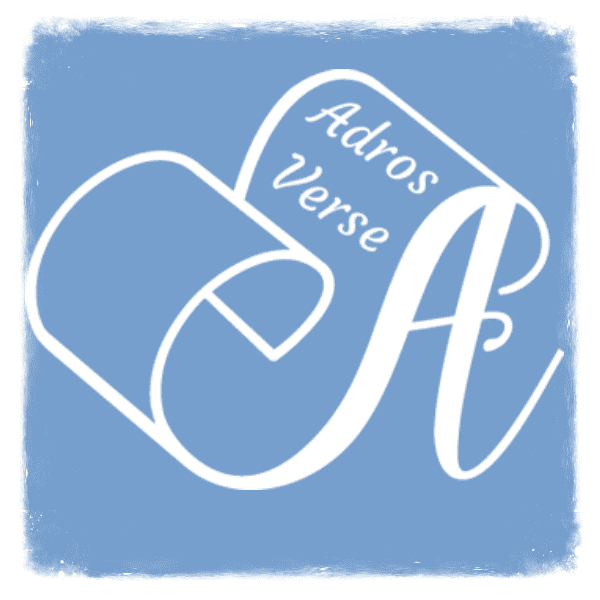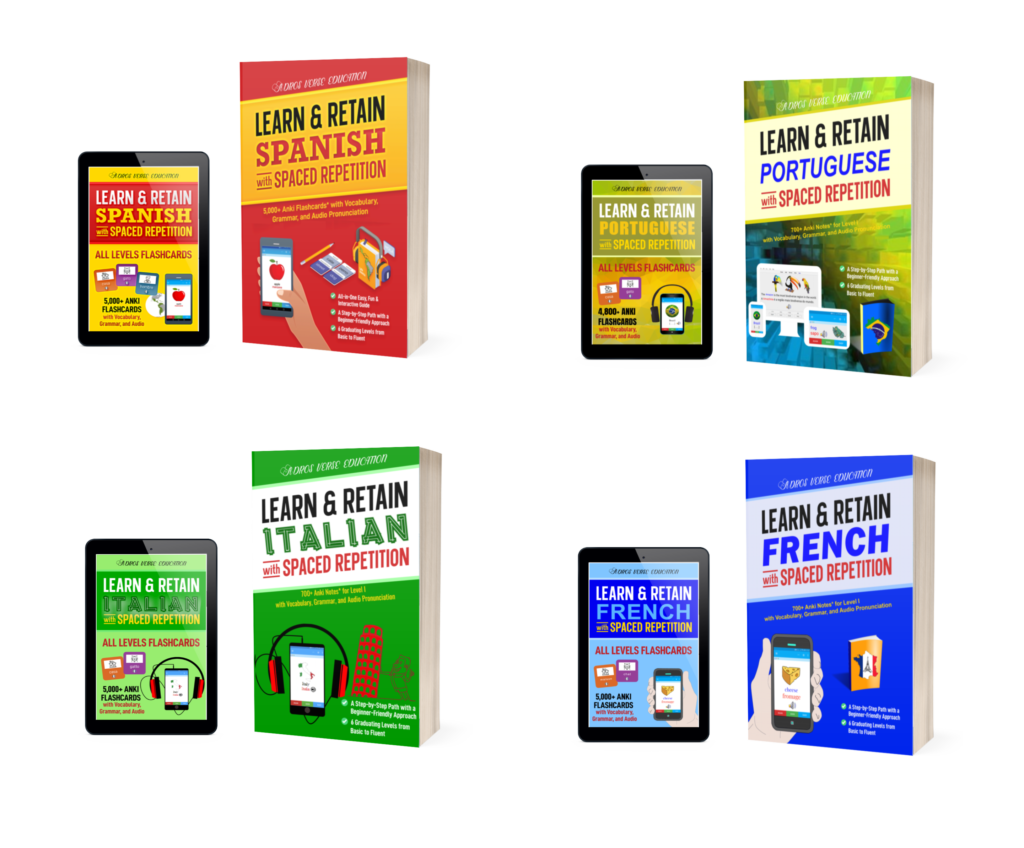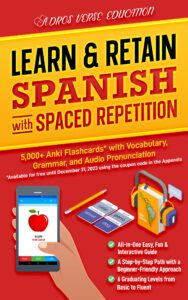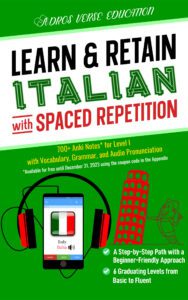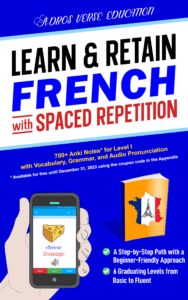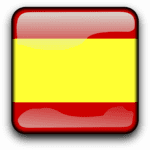In Arabic, we use the مُــفْـرَد (mufrad) ‘singular’ to refer to a single unit, object, or person, the مُــثَـنّـى (muthannā) ‘dual’ to refer to two, and the جَــمْــع (jam‘) ‘plural’ to refer to three or more units, objects, or people.
Forming the Dual
To form the dual, we add ــان (-ān) to the end of the singular noun or adjective in the nominative case, and ـَـيْـن (-ayn) in the accusative and genitive cases.
| ــان | -ān | nominative |
| ـَـيْـن | -ayn | accusative or genitive |
Below are some examples:
| مُـفْـرَد (mufrad) ‘Singular’ | مُــثَـنّـى (muthannā) ‘Dual’ | |
| boy | وَلَــد (walad) | وَلَــدان (waladān) وَلَــدَيْـن (waladayn) |
| foot | قَــدَم (qadam) | قَــدَمـان (qadamān) قَــدَمَـيْـن (qadamayn) |
| tall man | رَجُــل طَـويل (rajul ṭawīl) | رَجُــلان طَـويلان (rajulān ṭawīlān) رَجُــلـيْـن طَـويلـيْـن (rajulayn ṭawīlayn) |
If the noun or adjective ends with a ة (tā’ marbūṭah) ‘tied-t,’ we replace the final ة with a ت (tā’ maftūḥah) ‘open-t’ before adding ــان (-ān) or ــيْـن (-ayn). For example:
| مُـفْـرَد (mufrad) ‘Singular’ | مُــثَـنّـى (muthannā) ‘Dual’ | |
| woman | اِمْــرَأَة (imra’ah) | اِمْــرَأَتـان (imra’atān) اِمْــرَأَتَـيْـن (imra’atayn) |
| story | قِـصَّـة (qiṣṣah) | قِـصَّـتـان (qiṣṣatān) قِـصَّـتَـيْـن (qiṣṣatayn) |
| short | قَـصـيـرَة (qaṣīrah) | قَـصـيـرَتـان (qaṣīratān) قَـصـيـرَتَـيْـن (qaṣīratayn) |
If the noun or adjective ends with a ى (’alif maqṣūrah), we replace it with ي (yā’) ‘y’ before adding ــان (-ān) or ــيْـن (-ayn). For example:
| مُـفْـرَد (mufrad) ‘Singular’ | مُــثَـنّـى (muthannā) ‘Dual’ | |
| meaning | مَـعْـنـى (ma‘nā) | مَـعْـنَـيـان (ma‘nayān) مَـعْـنَـيَـيْـن (ma‘nayayn) |
| stream | مَـجْـرى (majrā) | مَـجْـرَيـان (majrayān) مَـجْـرَيَـيْـن (majrayayn) |
If the noun or adjective ends with اء (’alif-hamzah), we replace the ء (hamzah) with a و (wāw) before adding the dual marker ــان (-ān) or ــيْـن (-ayn), if the ا (’alif)in اء (’alif-hamzah) is not part of the root of the verb. For example:
| مُـفْـرَد (mufrad) ‘Singular’ | مُــثَـنّـى (muthannā) ‘Dual’ | |
| desert | صَـحْـراء (ṣaḥrā’) | صَـحْـراوان (ṣaḥrāwān) صَـحْـراوَيْـن (ṣaḥrāwayn) |
| red (f) | حَـمْـراء (ḥamrā’) | حَـمْـراوان (ḥamrāwān) حَـمْـراوَيْـن (ḥamrāwayn) |
In the case of verbs, we will discuss the dual forms separately as we study each verbal tense in Arabic in the upcoming lessons.
Forming the Plural
Some nouns and adjectives have a regular plural, known as جَــمْـع ســالِــم (jam‘ sālim) ‘sound plural,’ whereas many other nouns and adjectives have an irregular plural, known as جَــمْـع تَـكْـسيـر (jam‘ taksīr) ‘broken plural.’
The most reliable way to be certain when to use a regular or irregular plural, and which irregular pattern to use, if needed, is to use an Arabic dictionary.
To form the جَــمْـع مُـذَكَّـر ســالِــم (jam‘ mudhakkar sālim) ‘sound masculine plural,’ we add ــون (-ūn) to the end of the singular form in the nominative case, and ــيـن (-īn) in the accusative and genitive cases.
| ــون | -ūn | nominative |
| ــيـن | -īn | accusative or genitive |
Consider the following examples of the masculine regular plural in the nominative case:
| مُــفْـرَد (mufrad) ‘Singular’ | جَــمْـع مُـذَكَّـر ســالِــم (jam‘ mudhakkar sālim) ‘Sound Masculine Plural’ |
| مُـهَـنْـدِس (muhandis) ‘engineer’ | مُـهَـنْـدِســون (muhandisūn) ‘engineers’ |
| مُـعَـلِّـم (mu‘allim) ‘teacher’ | مُـعَـلِّـمــون (mu‘allimūn) ‘teachers’ |
| مُـتْـعَـب (mut‘ab) ‘tired’ | مُـتْـعَـبــون (mut‘abūn) ‘tired’ |
To form the جَــمْـع مُـؤَنَّـث ســالِــم (jam‘ mu’annath sālim) ‘sound feminine plural,’ we drop the final ة (tā’ marbūṭah) ‘tied-t’ and add ــات (-āt) to the end of the singular form in all grammatical cases.
| ــات | -āt | nominative, accusative or genitive |
Consider the following examples of the feminine regular plural:
| مُــفْـرَد (mufrad) ‘Singular’ | جَــمْـع مُـؤَنَّـث ســالِــم (jam‘ mu’annath sālim) ‘Sound Feminine Plural’ |
| مُـهَـنْـدِسَـة (muhandisah) ‘engineer’ | مُـهَـنْـدِســات (muhandisāt) ‘engineers’ |
| مُـعَـلِّـمَـة (mu‘allimah) ‘teacher’ | مُـعَـلِّـمـــات (mu‘allimāt) ‘teachers’ |
| مُـتْـعَـبَـة (mut‘abah) ‘tired’ | مُـتْـعَـبـــات (mut‘abāt) ‘tired’ |
The irregular plural, also known as جَــمْـع تَـكْـسيـر (jam‘ taksīr) ‘broken plural,’ is often difficult to predict and requires practice. Think of irregular plurals in English, e.g., “women,” “geese,” “children,” etc. In Arabic, the use of irregular plural is ubiquitous. Nevertheless, there are some useful patterns that can help us predict the correct plural form.
One could refer to complex linguistic models to come up with a probabilistic algorithm of broken plural patterns. However, the complexity of such models and their probabilistic nature make them impractical for non-academic learners. Thus, we focus on the most common patterns, providing examples. The reader is invited to keep practicing this topic until mastery is achieved.
Here are 32 common broken plural patterns in Arabic:
| (1) | (2) | (3) | (4) |
| أَفْـعِـلَـة (’af‘ilah) | أَفْـعُـل (’af‘ul) | فِـعْـلَـة (fi‘lah) | أَفْـعـال (’af‘āl) |
| أَعْـمِـدَة (’a‘midah) columns | أَشْـهُـر (’ash hur) months | فِـتْـيَـة (fityah) youth | أَوْلاد (’aw lād) boys |
| أَجْـهِـزَة (’ajhizah) devices | أَبْـحُـر (’ab ḥur) seas | صِـبْـيَـة (ṣibyah) boys | أَقْــلام (’aq lām) pens |
| (5) | (6) | (7) | (8) |
| فُـعُـل (fu‘ul) | فِـعَـل (fi‘al) | فُـعَـلَة (fu‘alah) | فَـعْـلـى (fa‘lā) |
| مُـدُن (mudun) cities | قِـطَـع (qiṭa‘) pieces | رُمـاة (rumāh) archers | مَـرْضى (marḍā) patients |
| سُـفُـن (sufun) ships | مِـحَـن (miḥan) crises | قُضـاة (quḍāh) judges | قَـتْـلـى (qatlā) killed persons |
| (9) | (10) | (11) | (12) |
| فُـعّـال (fu‘‘āl) | فُـعـول (fu‘ūl) | فُـعْـلان (fu‘lān) | فُـعَـلاء (fu‘alā’) |
| قُـرّاء (qurrā’) readers | شُهور (shuhūr) months | بُـلْدان (buldān) countries | سُفَراء (sufarā’) ambassadors |
| حُـجّـاج (ḥujjāj) pilgrims | مُـلـوك (mulūk) kings | قُمْصان (qumṣān) shirts | حُكَماء (ḥukamā’) wise men |
| (13) | (14) | (15) | (16) |
| فُـعْـل (fu‘l) | فُـعَـل (fu‘al) | فَـعَـلَة (fa‘alah) | فُـعَّـل (fu‘‘al) |
| عُــمْـي (‘umy) blind | غُــرَف (ghuraf) rooms | طَـلَـبَـة (ṭalabah) students | سُـجَّـد (sujjad) prostrators |
| صُـفْـر (ṣufr) yellow | غُــدَد (ghudad) glands | سَـحَـرَة (saḥarah) magicians | رُكَّـع (rukka‘) bowing |
| (17) | (18) | (19) | (20) |
| فِـعَـال (fi‘āl) | فَـعـيـل (fa‘īl) | أَفْـعِـلاء (’af‘ilā’) | فِـعَـلَـة (fi‘alah) |
| بِـحـار (biḥār) seas | حَـجـيـج (ḥajīj) pilgrims | أَغْـنِياء (’agh niyā’) rich people | قِـرَدَة (qiradah) monkeys |
| جِـبـال (jibāl) mountains | عَـبـيـد (‘abīd) slaves | أَصْدِقاء (’aṣdiqā’) friends | دِبَـبَـة (dibabah) bears |
| (21) | (22) | (23) | (24) |
| فِـعْـلان (fi‘lān) | مَفاعِـل (maf ā‘il) | مَفاعيل (mafā‘īl) | فَـواعِـل (fawā‘il) |
| فِـتْـيـان (fityān) youth | مَـكاتِب (makātib) offices | مَـفاتيح (mafātīḥ) keys | خَواتِم (khawātim) rings |
| فِـئْـران (fi’rān) mice | مَـساجِد (masājid) mosques | مَـصابيح (maṣābīḥ) lamps | فَـواكِه (fawākih) fruit |
| (25) | (26) | (27) | (28) |
| فَـواعيل (fawā‘īl) | فَـعائِـل (fa‘ā’il) | فَـعالـى (fa‘ālā) | فَـعالِـيّ (fa‘āliyy) |
| طَواحين (ṭawāḥīn) mills | رَسـائِل (rasā’il) messages | صَحارى (ṣaḥārā) deserts | كَراسِـيّ (karāsiyy) chairs |
| قَوارير (qawārīr) bottles | مَـدائِن (madā’in) cities | حَيارى (ḥayārā) confused | سَـحالِـيّ (saḥāliyy) lizards |
| (29) | (30) | (31) | (32) |
| أَفـاعِـل (’af ā‘il) | أَفاعيل (’af ā‘īl) | تَفاعِـل (taf ā‘il) | تَفاعيل (taf ā‘īl) |
| أَمـاكِـن (’amākin) places | أَكـاذيب (’akādhīb) lies | تَجارِب (tajārib) experiments | تَماثيل (tamāthīl) statues |
| أَرامِـل (’arāmil) widows | أَلاعيب (’al ā‘īb) tricks | تَهاني (tahānī) congratulations | تَباشير (tabāshīr) omens |
Patterns (1) – (4) are sometimes called minority plurals preferred for numbers ranging from three to ten units, objects, or persons. However, this rule is rarely followed in daily spoken language.
It is often difficult to predict which of the 32 patterns to use. Some singular words may have more than one acceptable broken plural form. For example:
| Singular | Plural #1 | Plural #2 | Plural #3 |
| شَـهْـر (shahr) ‘month‘ | أَشْـهُـر (’ash hur) ‘months‘ | شُهور (shuhūr) ‘months‘ | – |
| بَـحْـر (baḥr) ‘sea‘ | بِـحـار (biḥār) ‘seas‘ | بُـحـور (buḥūr) ‘seas‘ | أَبْـحُـر (’abḥur) ‘seas‘ |
Some plurals may deviate from the 32 patterns, particularly those derived from roots with more than three consonants. These are less common and should be practiced and memorized.
Examples of common irregular plurals that do not follow any of the aforementioned patterns include:
| Singular | Plural | Singular | Plural |
| اِمْـــرَأَة (imra’ah) ‘woman’ | نِــســاء (nisā’) ‘women’ | غُـــراب (ghurāb) ‘crow’ | غِـــرْبــان (ghirbān) ‘crows’ |
| عَــنْـكَـبـوت (‘ankabūt) ‘spider’ | عَــنــاكِــب (‘anākib) ‘spiders’ | إِمْــبَــراطــور (’imbarāṭūr) ’emperor’ | أَبـاطِــرَة (’abāṭirah) ’emperors’ |
Back to: Introduction to Grammatical Cases
Other lessons in Level II:
